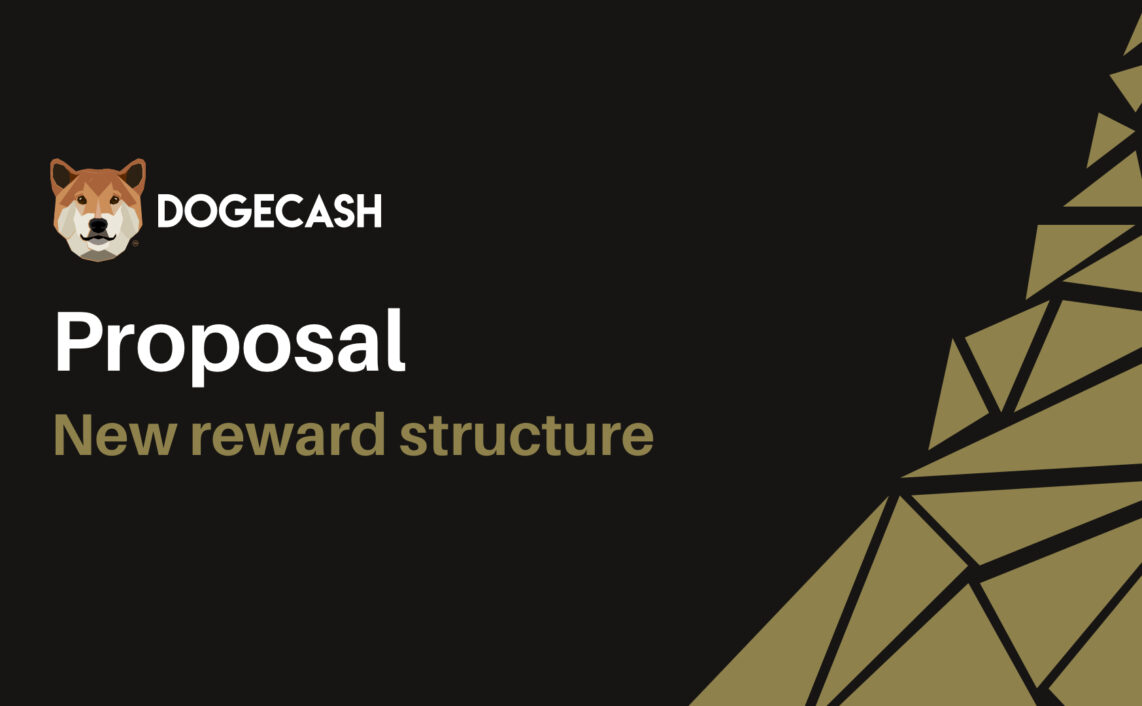When DogeCash launched in 2018, the cryptocurrency landscape (and the world economy) were far different than they are now. At the time, the founders of DogeCash were trying to launch a new coin that would be more environmentally sustainable than proof-of-work currencies like Bitcoin or Dogecoin, but retain the strengths of each (finite supply for BTC … fun vibe, charity focus, and “people’s currency” reputation for DOGE). Those remain core values of DogeCash.
But in those early days, environmental sustainability was prioritized over economic sustainability, and after three years, it became apparent that DogeCash needed to make some adjustments to the emission rate and the supply cap to ensure a healthy coin economy for decades to come.
At launch, the decision was made to cap the supply at 21 million, the same as BTC. It turns out, that wasn’t the best decision for the long haul. Even with a drastic cut in the block reward emission rate, DOGEC was on a trajectory to hit the supply cap within five years.
DogeCash relies on community members running masternodes to process transactions and secure the blockchain. Without a sufficient incentive for that, there would be no network. Something had to change.
As a decentralized autonomous organization (DAO), one of the core values of DogeCash is community governance. So, part of the proposal that the community approved this summer included a reset of the max supply to 210 million DOGEC and a reduction of the block reward. With these modifications, the DogeCash team anticipates long-term sustainability, increasing the network’s life by 50 years or more.
For a more detailed look at all the recent changes, here’s the reward proposal the community voted on.

